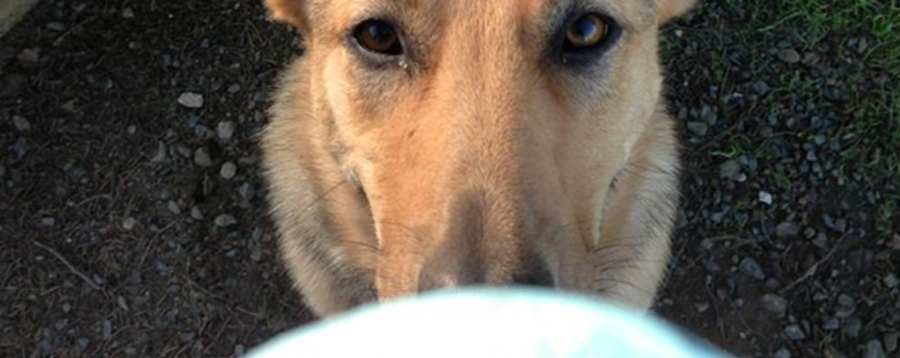Understanding how dogs learn is fundamental to effective training and building a strong bond with your canine companion. At Koru K9, our balanced dog training approach is rooted in the science of canine learning, ensuring that our methods are both humane and effective.
The Science Behind How Dogs Learn
Operant Conditioning: Learning Through Consequences
Operant conditioning is a learning process where behaviors are influenced by their consequences. In dog training, this means that behaviors followed by rewards are more likely to be repeated, while those followed by unfavorable outcomes are less likely to recur.
The four quadrants of operant conditioning are:
-
Positive Reinforcement: Adding a pleasant stimulus to increase a behavior (e.g., giving a treat when your dog sits on command).
-
Negative Reinforcement: Removing an unpleasant stimulus to increase a behavior (e.g., releasing pressure on a leash when the dog stops pulling).
-
Positive Punishment: Adding an unpleasant stimulus to decrease a behavior (e.g., a corrective sound when the dog jumps on guests).
-
Negative Punishment: Removing a pleasant stimulus to decrease a behavior (e.g., turning away when the dog bites during play).
At Koru K9, we utilize all four quadrants as part of our balanced training methodology, tailoring our approach to each dog’s unique needs.
Classical Conditioning: Associative Learning
Classical conditioning involves forming associations between stimuli. For example, if a dog hears a bell before mealtime consistently, it will start to associate the bell with food and may begin to salivate at the sound. This type of learning is crucial for helping dogs form positive associations with previously neutral or negative stimuli.
The Importance of Timing and Consistency
In dog training, timing is everything. Studies show that you have approximately 1.3 seconds to reward or correct a behavior for your dog to make the connection. Consistent timing helps your dog understand which behaviors are desired and which are not.
Consistency in commands, routines, and expectations reinforces learning and helps your dog feel secure and confident in their environment.
Our Balanced Training Approach
At Koru K9, we believe in a balanced training approach that combines the best of various methodologies to suit the individual dog. This includes:
-
Positive Reinforcement: Rewarding desired behaviors to encourage repetition.
-
Clear Communication: Using consistent commands and signals to convey expectations.
-
Structured Environment: Establishing routines and boundaries to provide stability.
-
Behavior Modification: Addressing and altering unwanted behaviors through appropriate interventions:
Our trainers are skilled in adapting techniques to fit each dog’s personality, history, and learning style, ensuring effective and humane training outcomes.
Enhancing Your Dog’s Learning Experience
To support your dog’s learning journey, consider the following tips:
-
Use Clear and Consistent Commands: Ensure everyone in the household uses the same commands for specific behaviors.
-
Provide Immediate Feedback: Reward or correct behaviors promptly to reinforce learning.
-
Create a Structured Routine: Regular feeding, exercise, and training times help your dog anticipate and understand expectations.
-
Engage in Regular Training Sessions: Short, frequent training sessions are more effective than infrequent, lengthy ones.
-
Be Patient and Positive: Maintain a calm demeanor to foster a trusting learning environment.
Learn More About Our Training Services
At Koru K9, we offer a range of dog training services tailored to meet your dog’s specific needs:
-
Private In-Home Dog Training for personalized sessions in your home environment.
-
Board and Train Programs for immersive training experiences.
-
Puppy Training Programs to start your young dog off on the right paw.
Our experienced dog trainers are dedicated to helping you and your dog achieve a harmonious and well-behaved relationship.
Ready to Transform Your Dog’s Behavior?
Contact us today to learn more about our training programs and how we can help you and your dog succeed.
